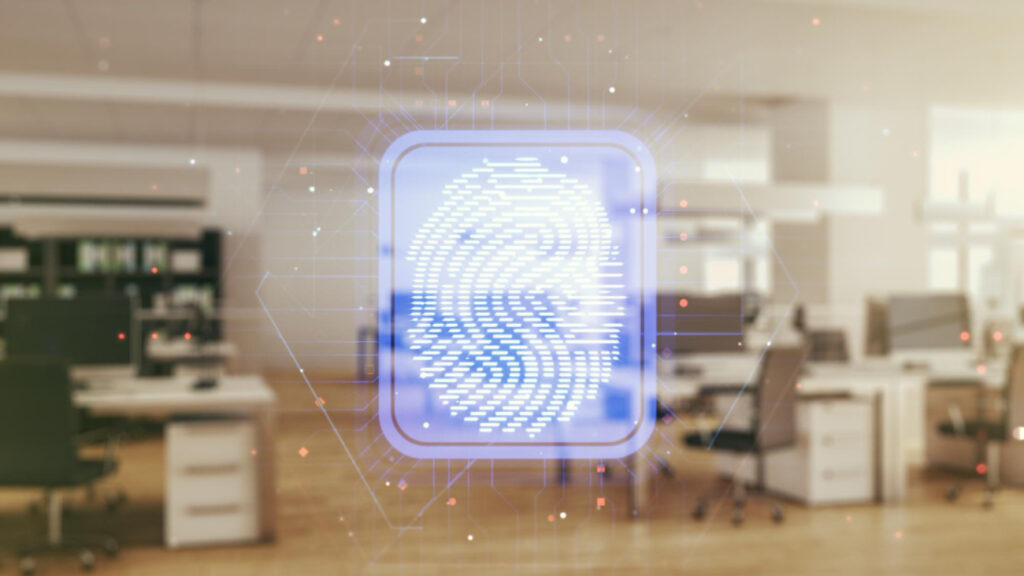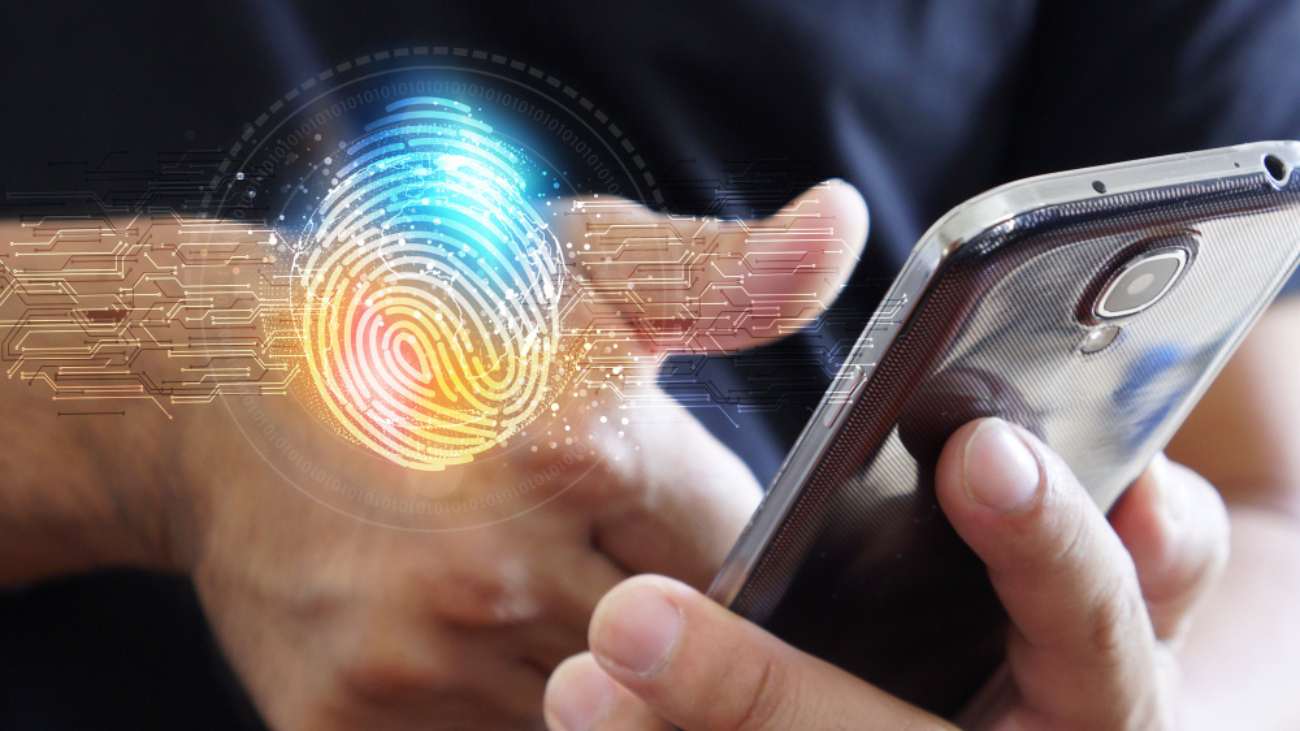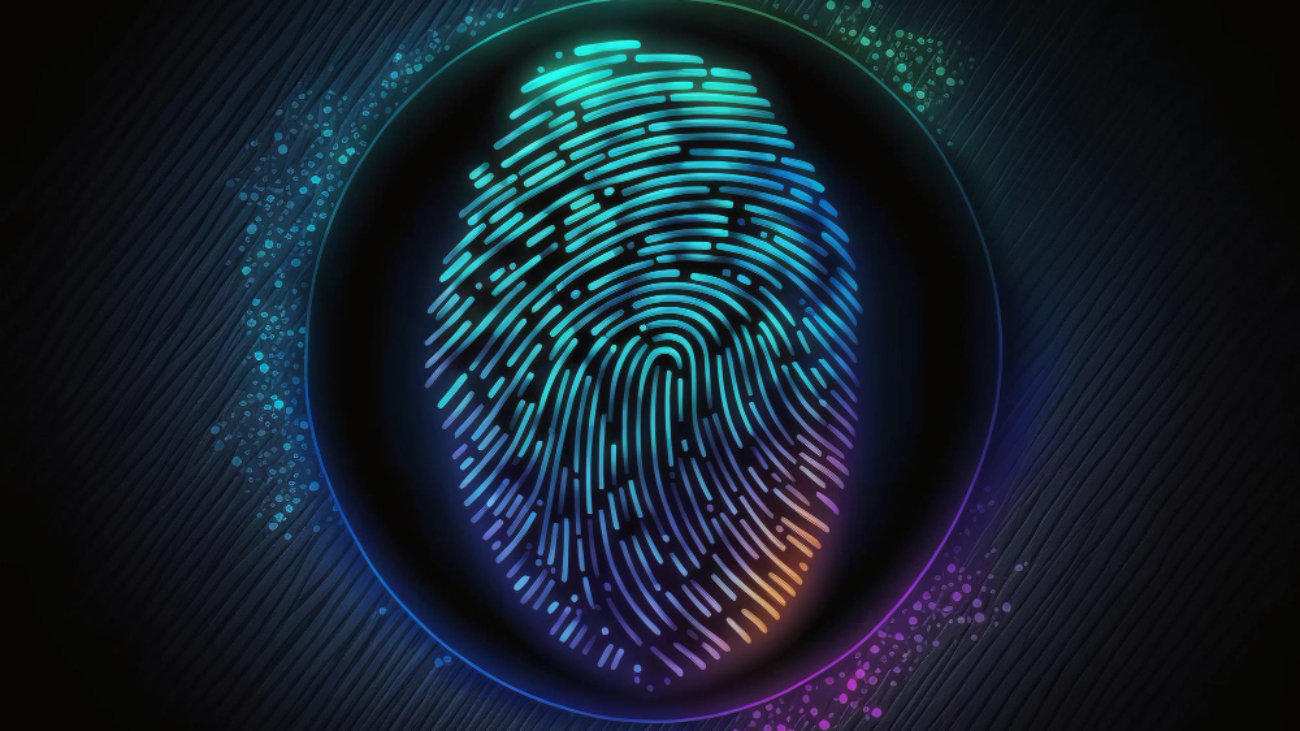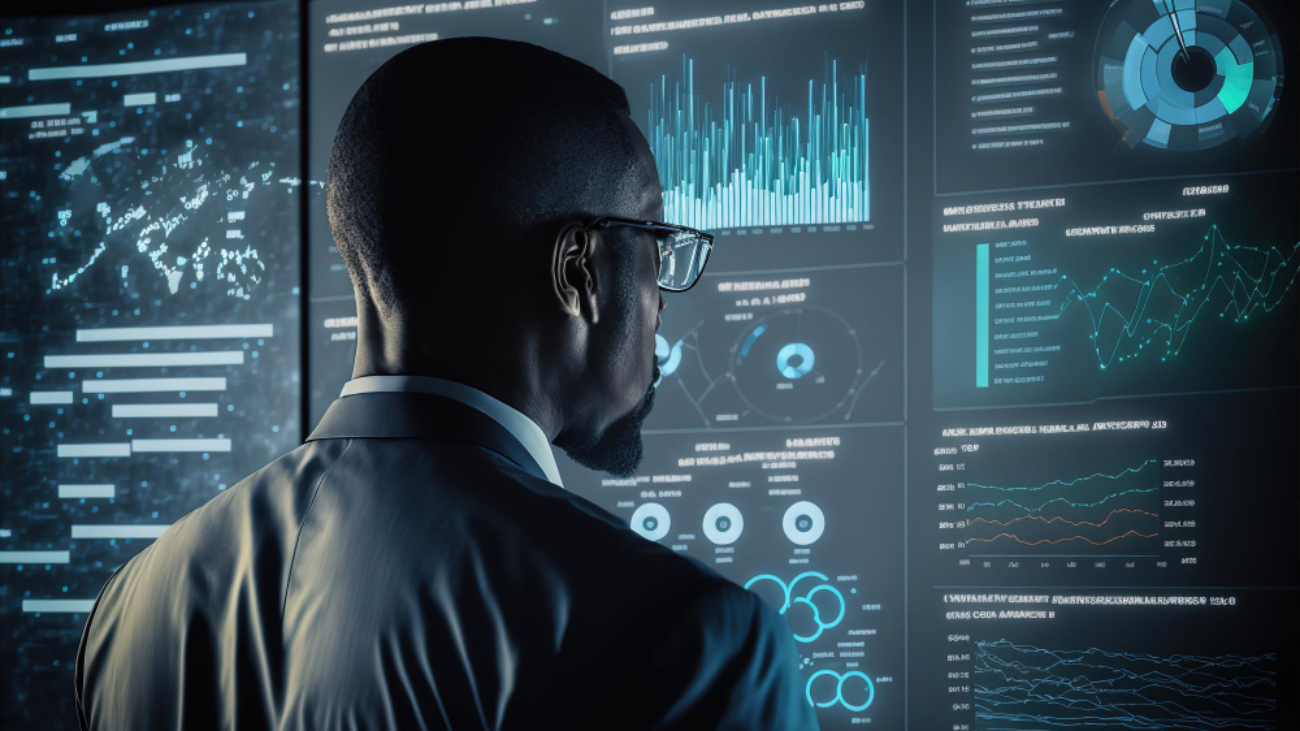Biometrics has huge potential when it comes to enhancing identification processes, improving security, and preventing work-related accidents in the manufacturing industry.
Read on to learn how biometric technologies are improving manufacturing safety authored by Bahaa Abdul Hadi.
Restrict access and identification
A card, code, key, or password is susceptible to unscrupulous access. However, biometric identification focuses on a person’s unique physiological features like fingerprints, facial structures, and voice patterns to identify individuals safely.
Some common biometric methods include:
· Face recognition
· Fingerprint scan
· Iris scan
· Palm scan
· Voice recognition
Companies use biometric scans to prevent unauthorized access to expensive and specialized assets, reduce work-related injuries, and secure dangerous areas.
Use voice commands
Voice biometrics help scan a person’s voice patterns to identify the kind of permissions the person has—from accessing files to purchasing certain products. After identifying the speaker, AI (artificial intelligence) tools make it easy to access information or issue hands-free commands. Modern voice recognition systems can pick up nuances like accents or more complex orders that follow the human thought process. In addition, devices with built-in natural language processing software can provide health readings or other critical information in response to verbal commands.
Implement sensory patches to improve wellbeing
Intelligent tools with computer vision and sensory patches connected to the biometric IoT (Internet of Things) network allow employers to capture in-depth information on workplace safety measures and employee wellbeing. Sensors can scan for symptoms like dehydration or exhaustion, which impact employee productivity. Smartwatches and other similar wearables are also effective at biometric data collection.
Furthermore, biometric technology can be used to design specific clothing to determine potentially dangerous heat or cold levels and alert supervisors to abnormal health conditions.
Reduce contamination risk
In a manufacturing environment, employees work with a wide variety of substances. A biometric system can ascertain the presence of people working in a confined space with materials sensitive to heat and moisture and reduce the risk of contamination.
For instance, a biometric sensor combined with AI computer vision detects whether a person has recently worked with a volatile material. It even offers a reminder to decontaminate before allowing access to enter a shared space.
Protect data from corruption
Keeping employees safe from virtual threats is as important as protecting their physical health. Biometrics can safeguard sensitive data in a world witnessing growth in cybercrime attacks. A biometric strategy ensures authorized access to personal datasets and reduces the risk of data corruption.
Additionally, biometric technologies like facial markers and fingerprint scanners help secure manufacturing units and enable team members to access tools quickly without remembering passwords and usernames. Modern manufacturing plants are investing in Industry 4.0 solutions to improve workplace safety and increase employee productivity.
Biometrics can work alongside AI, machine learning, and robotics tools to make employees more effective and keep them safe in the work environment. With a projected value of nearly $69 billion by 2025, biometric solutions have incredible power to transform the manufacturing landscape.
Thank you for your interest in Bahaa Abdul Hadi blogs. For more information, please stay tuned to www.bahaaabdulhadi.com







